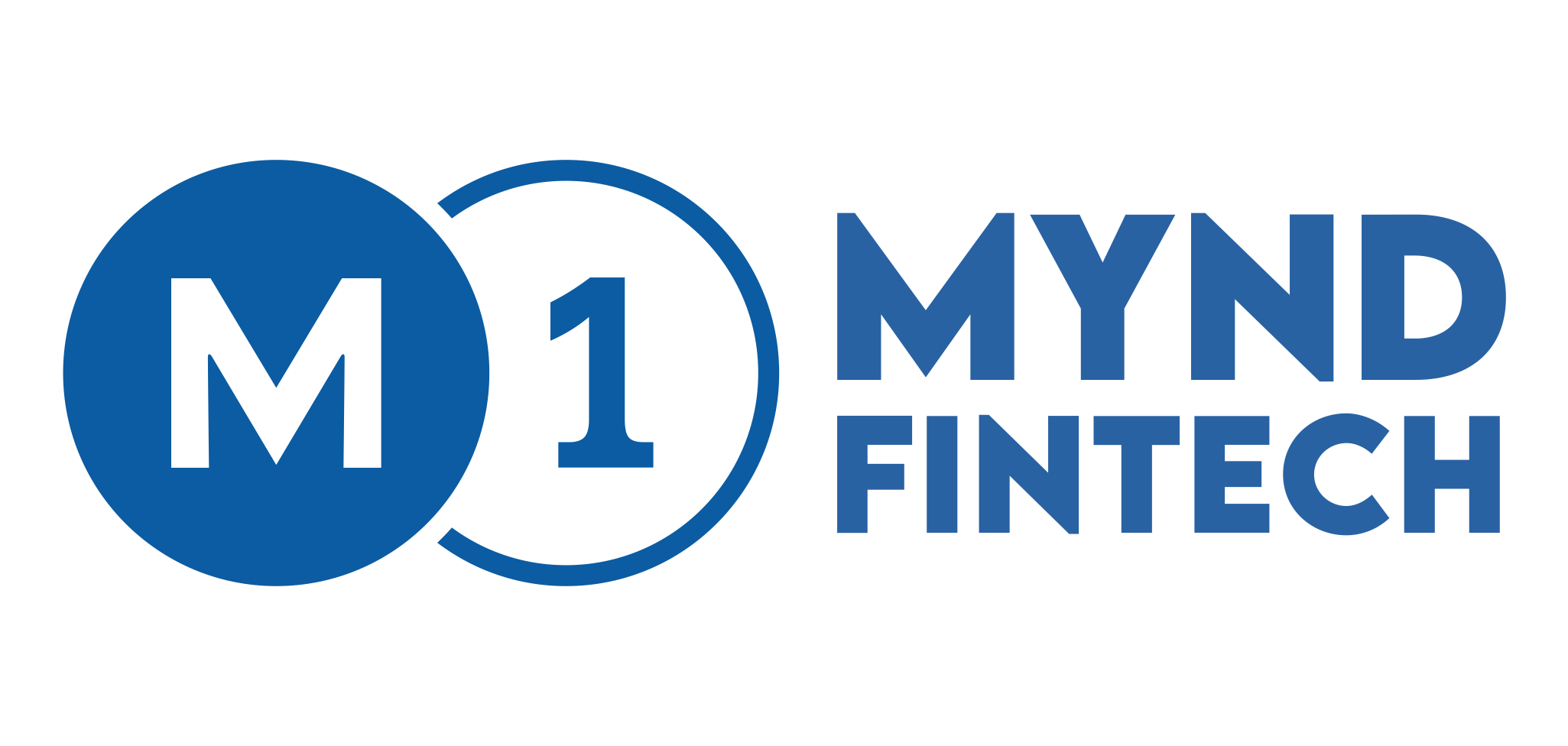Businesses face the biggest challenge is not producing goods or selling them but collecting the payments on time. Without regular payments coming from customers, a business starts facing a shortage of working capital to run the day-to-day business. While businesses offer discounts for early payments, that does not always work. Taking bank loans is an option, but it is expensive. Hence, businesses look for other cost-effective ways to fund their working capital needs. One way to support your short-term requirements for funds is Account Receivable Factoring.
Accounts Receivable Factoring (Introduction & Meaning)
Commonly known as Factoring, Account Receivable Factoring is a financial transaction in which the seller ‘sells’ its accounts receivables (invoices) to a financial entity that deals in buying receivables at a discount (called a factor). The lender ‘buys’ the accounts receivables and immediately releases funds (minus its factor). This way, the seller is able to convert invoices quickly into working capital.
Accounts Receivable Factoring is also known as Invoice Factoring or Account Receivable Financing.
How does Accounts Receivable Factoring Work?
With Accounts Receivable Factoring, sellers do not need months to get their invoices paid. Instead, they can get an advance on those invoices and use the cash for pressing business needs. It is beneficial for small businesses and start-ups with big orders but needs working capital to sustain their growth.
The Account Receivable Factoring process begins once you complete a business order, deliver it to a creditworthy buyer, and get the delivery challan signed by them.
The receivable process works as follows:
- After the delivery, the seller raises an invoice to the buyer and submits an approved copy of the invoice to the factoring company.
- The factor verifies the invoice and then releases advance, which is about 70% to 90% of the invoice amount.
- At the maturity of the invoice, the factor collects complete payment from the buyer.
- Once the customer pays the factor, the seller gets the remaining invoice amount, minus a small factor fee.
Types of Factoring Agreements:
For Account Receivable Factoring, the lender enters into an agreement with the buyer. Depending upon the nature of the agreement, Factoring agreements may be classified into 2 categories:
Recourse Factoring – Transfer with recourse:
The factor does not take any risk in this type of factoring agreement. If the factor cannot collect the money from the buyer, it can demand the money back from the seller who transferred the receivables.
In Recourse factoring, if the buyer does not make the payment, the seller has to pay the factoring company. This way, the seller still bears some liability to the factoring company if some of the receivables prove uncollectible. In this case, the factoring company usually charges a lower factoring fee.
Non-recourse Factoring – Transfer without recourse:
The factor undertakes the entire risk of uncollectible receivables in this type of factoring agreement. The seller that transferred receivables has no liability for uncollectible receivables.
In Non-recourse Factoring, the seller has no liability if the buyer does not make the payment. The factoring company accepts those potential losses. In this case, since the factor bears the entire risk of bad debts, it charges a higher factor fee to compensate for the risk.
How much does accounts receivable Factoring cost?
For making an advance payment to the sellers, the factors charge a small commission or fee, called a “factoring fee.” This fee is a small percentage of the invoice amount. This fee is decided after taking into account the following factors:
- The industry of the seller
- The creditworthiness of the buyer
- The invoice amount to be factored – Most factoring companies finance as high as 90% of the invoice amount.
- Days outstanding in receivables (average days outstanding) – Though some companies charge a flat rate, most companies charge a variable rate. The longer it takes to collect the payment, the higher the factoring fee.
- In simple terms, if the factoring company does not feel any risk in collecting the receivables, it charges a lower factoring fee, and if it feels some risk, it will charge a higher factoring fee.
Example of Accounts Receivable Factoring:
Let’s understand the factoring process with an example. Suppose you have an invoice worth Rs. 1,00,000, which is due in 30 days. As a seller, you need to buy some raw materials for the following order so that you may decide to factor in the previous invoice.
You approach a factoring company. The factoring company offers a discount rate of 2% per month. This means you will get 90% of the invoice cost immediately and the remaining amount of the invoice (minus the factoring fee of 2%) once your client makes full payment.
The factor releases Rs. 90,000 immediately, and you can use this amount to buy raw materials. On the 30th day, the seller makes the payment to the factoring company. The factoring company deducts Rs. 2,000 (2% of Rs. 1,00,000) and releases Rs. 8,000 as the remaining amount. In this example, the total cost of Factoring is Rs. 2,000.
Now, imagine getting another order for Rs. 50,000 where your total cost includes raw material, labor, salaries, and all other expenses come out to Rs. 45,000 and you make a profit of Rs. 5,000. And you do not have cash in hand to service his order. Now, you have two options – let go of this order or discount the previous invoice and fund this order. Let’s compare the profit/loss in both situations.
| Using Factoring Facility | Passing on the Job | |
| Potential Earnings | Rs. 5,000 | Rs. 0 |
| Minus the cost of factoring | Rs. 2,000 | Rs. 0 |
| Net Earnings | Rs. 3,000 | Rs. 0 |
As you can see, if the seller decides to let go of the new order, it does not gain anything, but it loses the opportunity of making a net profit of Rs. 3,000. By factoring in the previous invoice, the seller can service this order and make a profit, even after discounting the factoring fee.
Benefits of Accounts Receivable Factoring:
As seen above, Factoring is a smart business idea that offers several benefits to the seller. Some of these benefits are listed below:
- Unlike a traditional bank loan, Factoring does not require much documentation. Hence, the process is easy and quick. Most factoring agencies release find between 24 to 72 hours.
- Small businesses and start-ups benefit a lot by using Factoring. Not only does it enhance your image when you pay your employees and suppliers on time, but maintaining a strong repayment record with your factor enhances your credit rating. However, one should check before signing with a factoring agency, as all factoring companies do not report to business credit agencies.
- All businesses go through highs and lows. This can be due to prevailing economic conditions, environmental conditions, lawsuits, or other cases.
- Traditional finance companies avoid offering credit to companies during their bad times, making the situation worse. However, factoring companies look at the credit worthiness of the buyers (seller’s customers) and the seller. That is why; they stand strong with the sellers, even in their bad times.
- As shown in the example above, Factoring enables a seller to avail of new business opportunities like servicing a new order, buying raw material in bulk at discounted prices, or equipment sold at fire-sale prices. The liquidity offered by Factoring allows businesses to take advantage of opportunities that they would have otherwise missed and hence become more profitable.
- Small businesses, start-ups, or companies with poor credit do not qualify for other types of financing. But Factoring is based on the quality of the buyer’s creditworthiness. So, the factoring agencies release funds.
- Unlike bank loans or other traditional methods, Factoring is an advance on the payment that is already payable to you. It is not a loan, so it does not appear as debt.
How are Accounts receivable factoring different from accounts receivable financing?
Both these terms have similar names; hence many people assume these to be the same. However, both these terms are different.
- Accounts Receivable Financing (also called Invoice Financing) is a type of loan that uses unpaid invoices as collateral. The sellers receive financing based on the value of their accounts receivable. Once the payment is received, the sellers pay the lender along with the interest amount. On the contrary, in the case of Accounts Receivable Factoring, the factoring company collects the payment from the buyer. They make an initial payment, and then once the payment is received, they pay the remaining amount to the seller after deducting the factoring fee.
- In the case of Accounts Receivable Financing, the responsibility of collecting the payment remains with the seller. However, in the case of Factoring (especially non-recourse Factoring), the factoring agency undertakes the responsibility and risk of collecting the payment. If the invoice goes unpaid, the factoring agency bears the loss.
- Due to some risk involved, Account Receivable Factoring is a little more expensive than Accounts Receivable Financing.
Conclusion:
Many businesses make the mistake of treating Factoring as an expense instead of as an investment. Tying up with a factoring agency like Mynd Solutions helps businesses in several ways. It allows them to pay their salaries on time, which boosts their morale. It also helps pay their suppliers on time. This enhances their reputation and helps them get good deals. Also, it improves their credit ratings. Finally, it allows businesses to benefit from profitable business opportunities that come their way.
Accounts receivable factoring FAQs:
Q. 1: What are the two types of accounts receivable Factoring?
Ans: The two types of accounts receivable Factoring are Recourse Factoring and Non-Recourse Factoring.
Q.2: When accounts receivable are factored without recourse, what account does the transferor credit?
Ans: In such a condition, the transferor credits the Accounts receivable
Q.3: What is the main purpose of accounts receivable factoring?
Ans: The main purpose of factoring accounts receivable is to reduce the working capital cycle and get paid for the invoices faster. This money can then be used to run a business or benefit from other more profitable business opportunities.

